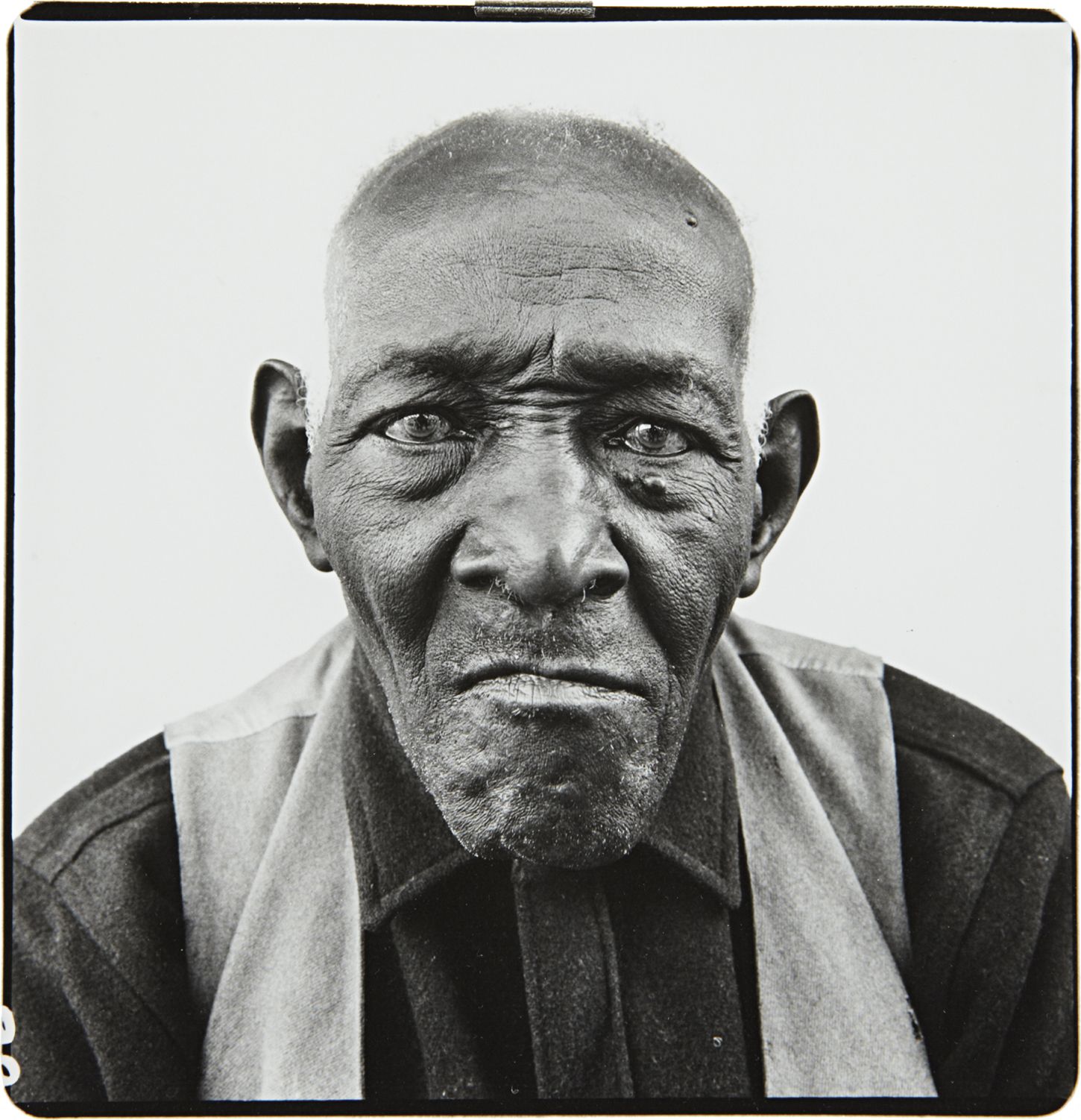Cited in Geoffrey Batchen, “Palinode: An Introduction to Photography Degree Zero,” in Photography Degree Zero, ed. Geoffrey Batchen (MIT Press, 2009), 11.
Hortense Spillers, “Mama’s Baby, Papa’s Maybe: An American Grammar Book,” in diacritics 17, no. 2 (Summer 1987), 70.
Chéla Sandoval, “Theorizing White Consciousness for a Post-Empire World: Barthes, Fanon, and the Rhetoric of Love,” in Displacing Whiteness: Essays in Social and Cultural Criticism, ed. Ruth Frankenberg (Duke University Press, 1997), 90.
Fred Moten, “Black Mo’nin’,” in Loss: The Politics of Mourning, eds. David Eng and David Kazanjian (University of California Press, 2003); Kaja Silverman, “The Gaze,” “The Look,” “The Screen,” chap. 4–6 in The Threshold of the Visible World (Routledge, 1996); Tina Campt, “The Lyric of the Archive,” chap. 3 in Image Matters: Archive, Photography, and the African Diaspora in Europe (Duke University Press, 2012); Jonathan Beller, “Camera Obscura After All: The Racist Writing with Light,” chap. 6 in The Message Is Murder: Substrates of Computational Capital (Pluto Press, 2018).
Plainly, since the Winter Garden Photograph was not published the term iconic seems utterly misconceived. But the image stands as the pretext and urtext for Camera Lucida, and as a metonym for Barthes’s theorization of photography, so the photograph’s spectacular absence make it not merely a figure of great significance in regards to the book, but arguably the book’s preeminent figure.
Roland Barthes, Camera Lucida: Reflections on Photography (Hill and Wang, 1981), 42. All subsequent page references to this source are given inline. All emphasis in original.
Roland Barthes, Mythologies (Noonday Press/Farrar, Strauss & Giroux, 1972).
Sandoval, “Theorizing White Consciousness,” 86, 90.
Sandoval, “Theorizing White Consciousness,” 87.
Samira Kawash, “The Epistemology of Race: Knowledge, Visibility, Passing,” in Dislocating the Color Line: Identity, Hybridity and Singularity in African-American Literature (Stanford University Press, 1997), 130.
Later on in Camera Lucida, on page 42, Barthes gives some intimation that he might recognize that that “heterogenous” figure of the nuns contrasting with the soldiers issues from imperial violence and colonial history, when he writes that “a whole causality explains the presence of the ‘detail’: the Church implanted in these Latin American countries, the nuns allowed to circulate as nurses, etc.,” but he gives no indication that he recognizes their presence as in fact part of an underlying continuum of homogeneity in which Central and South America are, and have been, constant targets for imperialist violence. See Ariella Azoulay, “Unlearning Decisive Moments of Photography,” in Still Searching…, Fotomuseum Winterthur, 2018 →.
Silverman, The Threshold of the Visible World, 183.
More on this image in Part 2 of this essay, forthcoming in e-flux journal.
Moten, “Black Mo’nin’,” 67.
Moten, “Black Mo’nin’,” 67.
“Another, louder voice urged me to dismiss such sociological commentary; looking at certain photographs, I wanted to be a primitive, without culture.” Camera Lucida, 7.
Oxford English Dictionary, online ed., 2019.
Gayatri Chakravorty Spivak, “Can the Subaltern Speak?” in Marxism and the Interpretation of Culture eds. Cary Nelson, Lawrence Grossberg (University of Illinois Press, 1988), 280, 281.
Jay Prosser, “Skin Memories,” in Thinking Through the Skin, eds. Sara Ahmed and Jackie Stacey (Routledge, 2001), 52.
Moten, “Black Mo’nin’,” 71.
Note: Richard Avedon has always captioned this portrait “William Casby, born in slavery, March 1963,” where Barthes’s Camera Lucida changed the caption to “William Casby, born a slave. 1963.”
Gospel of St. John, chap. 20, verse 25, The Holy Bible: Old and New Testaments, King James Version (Duke Classics, 2012), 2423.
Charles Sanders Peirce, quoted in Brian Massumi, “The Future Birth of the Affective Fact: The Political Ontology of Threat,” in The Affect Theory Reader, ed. Melissa Gregg (Duke University Press, 2010), 64.
Massumi, “The Future Birth of Affective Fact,” 64.
Beller, The Message Is Murder, 105–6.
The term “relations” must be qualified by quotation marks since in both instances, white men are depicted with their docile black property.
For more on this model of psychic absorption and deflection of shock, see Walter Benjamin, “On Some Motifs in Baudelaire,” in The Writer of Modern Life: Essays on Charles Baudelaire (Belknap Press of Harvard University Press, 2006).
Wendy Hui Kyong Chun, “Introduction: Race and/as Technology; or, How to Do Things With Race,” Camera Obscura 24, no. 1 (2009), 11.
Spillers, “Mama’s Baby, Papa’s Maybe,” 76.
Spillers, “Mama’s Baby, Papa’s Maybe,” 67. All subsequent quotes from this source are taken from page 67 unless otherwise noted. All emphasis in original.
Spillers, “Mama’s Baby, Papa’s Maybe,” 68.
Beller, The Message Is Murder, 109.
